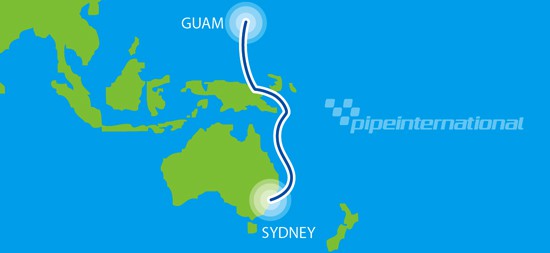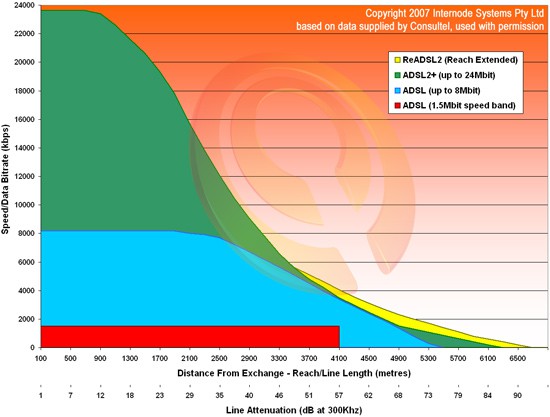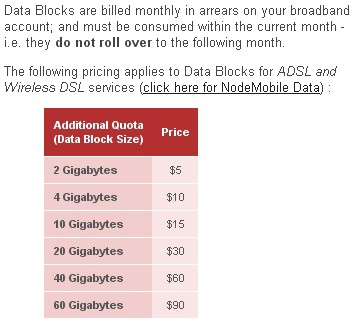 I like to think our issues are neither right nor left. Net Neutrality preserves freedom of speech from provider interference whether you are Glenn Beck or Michael Moore. Internet Overcharging costs conservatives as much money as it does liberals.
I like to think our issues are neither right nor left. Net Neutrality preserves freedom of speech from provider interference whether you are Glenn Beck or Michael Moore. Internet Overcharging costs conservatives as much money as it does liberals.
As various special interest groups and public relations firms continue their efforts to co-opt Net Neutrality into a partisan political issue, in hopes of muddying the waters and helping to engage consumers to help in its defeat, I occasionally take time out to talk to some of the opponents of Net Neutrality to understand their points of view, to engage them in a discussion deeper than the usual memes about “government control” or “takeovers,” and ask them to present their arguments opposing a measure that has support from groups across the political spectrum (Democrat Underground, MoveOn.org, AfterDowningStreet.org, and Common Cause on the left, Glenn Reynolds, the Christian Coalition, and the Gun Owners of America on the right.)
Sometimes the discussions are illuminating, and I can respect their points of view even if I personally disagree. Other times, rebutting an article published on another blog that elicits a two sentence reply from the author illustrates the fact many of these articles are more heat than light. Often, an author fundamentally seems to misunderstand the basic tenets of Net Neutrality, replacing them with an odd assortment of conspiracy theories. Other times, they are assured of their fact presentation right up until their points are debunked, at which point the only response they are capable of is a feigned complaint that you are “attacking them”… and then they attack you back.
Such is the case this evening in a debate with RedState blogger Neil Stevens, who has been on a rage (Google Undermines the Internet, On Julius Genachowski and Net Neutrality, and Google’s Non-Evil Pose: Hand Out Palm Facing Up) over Net Neutrality for several months, alternating between the belief the entire campaign is being orchestrated by Google and the one about it being a giant socialist conspiracy.
Tonight, the latest tirade, The Real Net Neutrality Astroturfers, attempts to neutralize efforts to call out Broadband for America, and other like-minded industry front groups, by suggesting Net Neutrality proponents have their own groups in the fight. There is no doubt there are consumer groups out there that do not take a penny of industry money and support Net Neutrality. There is also no doubt there are some companies involved in this fight on the pro-Net Neutrality side as well. That’s hardly “breaking news.”
Stevens wants readers to accept a moral equivalency between industry-sponsored astroturf groups, supported by the very industry that seeks to throttle and overcharge for your broadband service, and consumer groups like ours (and several others) that do not take a penny of industry money, just because some big companies on the Internet share our position.
Stevens takes a wrong turn down Astroturf Alley, offering up a handful of BfA members that sound like they aren’t the astroturfing type as proof that BfA is not nearly as guilty as those big bad Net Neutrality supporter groups:
But despite such blatant falsehood, Save the Internet presses on to accuse its opposition of being ‘astroturf,’ that is, fake grassroots involvement. Now I would love for someone to accuse me of that, because I and anyone familiar with my financial situation would never stop laughing. Of course, they don’t mention the Open Internet Coalition backed by the above Internet titans, oh no. Only opponents like Broadband for America, a group promoting greater Internet access across America, gets that tag. I mean sure, when I think ‘corporate astroturf’, I think of BfA members like the National Black Chamber of Commerce, Child Safety Task Force, Hispanic Leadership Fund, the Livestock Marketing association, and the Jewish Energy Project. That’s just the corporate Axis of Evil right there, Save the Internet wants you to think.
Oh my.
I won’t bore our readers with my response to the rest of his theories about the true nature of Net Neutrality — you can follow the link and read them for yourself in the comments. But this did represent an excellent opportunity to use the last week’s worth of research on individual BfA members to suggest Stevens might want to take a second look at his list, because most of them carry a fist full of broadband-provider-dollars or have telecom executives serving on their respective boards. Another doesn’t even appear to exist.
But here is the illuminating part of my effort to engage with the Net Neutrality opposition:
I learned about BfA last week and saw the list of their 100 members. Most of them were obviously equipment manufacturers or telecommunications companies. But I wondered what in the world some of those public interest groups you mentioned, among others, were doing as members of this group. I spent last week researching ALL 100+ and the results are posted (on Stop the Cap!).
I could not find a single group that I could verify as representing actual consumers. Not one. The overwhelming majority of those public interest groups either received substantial funding from AT&T and/or Verizon, or had a company executive on their Board of Directors. I also found disturbing connections between several of the groups and Washington, DC lobbying and PR firms who have a habit of paying to use an organization’s name for a client’s agenda.
[…]
Odd how groups with Mission Statements that in no way relate to any of the broadband issues BfA will concern itself with: no regulation, no Net Neutrality, but yes to government handouts to providers to expand broadband, all seem to be members of this group, and often also magically chimed in on some other telecom issues, such as urging approval of Verizon’s merger with NorthPoint Communications or their buyout of Alltel.
[…]
Biggest advice I can give you is never simply take what you’re handed. Check it out yourself and be careful of hidden agendas and industry money, because it’s all over the place.
Stevens quickly responded, and I hoped it would provide for a spirited debate. Not so much:
You can’t win the argument so you attack the speakers.
Get lost.
Although not so much a rebuttal as an indirect concession (when you can’t argue the facts, just feign you were ‘attacked’ and then attack back), in the spirit of harmony with conservative friends, Stevens and I continue to agree on one very important point: “We all need to look hard at just who is pushing this agenda….”
[Update: 2:20am — Moments before publishing this, I learned Stevens added a follow-up reply, before my account was banned:
Yeah, I’m not really going to let some fascist Obamanaut come here and start using this site to try to silence dissenters with the administration’s new FCC chairman.
Especially snotty bad faith posters like you.
Apparently on RedState, confronting inaccurate information and engaging in meaningful debate is a one-way ticket to banning. That’s another indication of a weak argument at work — one that cannot withstand even the most basic scrutiny, without quickly getting rid of the person asking the questions. On RedState, a ban is expressed by this error message when attempting to visit the site:
601 Database redigestation error.
I am not sure what ‘redigestation’ is, but it leaves a bad taste in the mouth. Stevens is, of course, free to visit Stop the Cap! and share his views without fear of immediate banning just for disagreeing with me. I’m not afraid of his arguments.]
[Update: 1:30pm — Amusingly, as of this afternoon, my original rebuttal to Stevens was modified – it’s now white text on a white background, creating a giant white empty-appearing block. If you attempt select the text, however, it’s all still there and becomes visible. Evidently Stevens (or someone running the site) felt his original rebuttal wasn’t terribly effective, so “additional measures” were warranted. An additional reply this morning dismisses the whole rebuttal as inspired by George Soros, the right’s favorite bogeyman.]


 Subscribe
Subscribe






